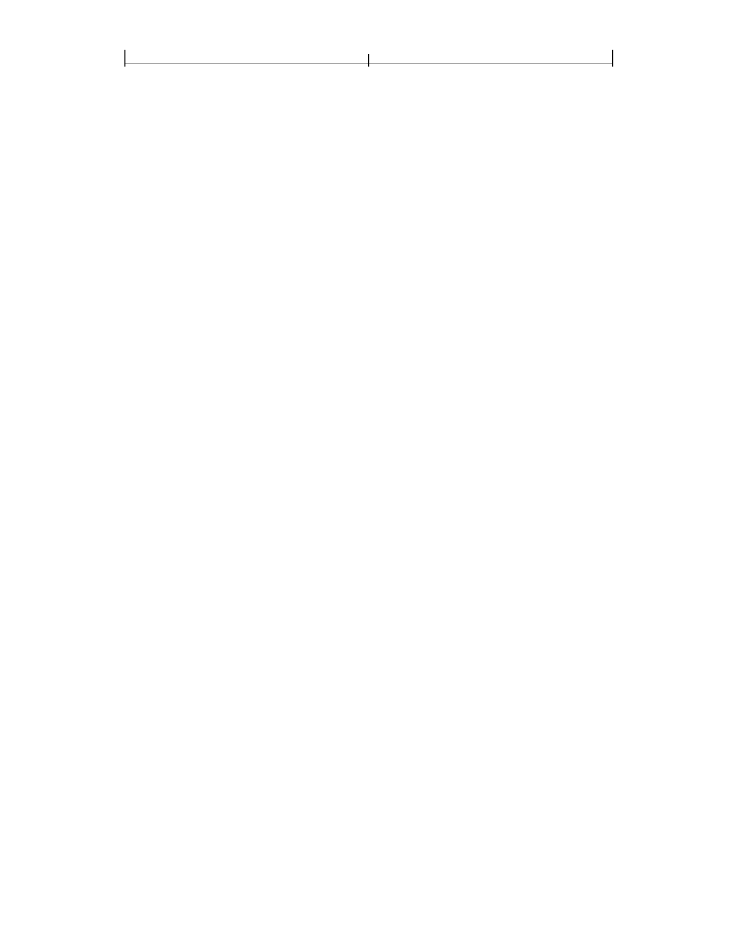
SECTION 4.6
321
Patterns
of the mesh are constructed using the following triplets of vertices, as shown in
(
V
i
,
j
,
V
i
,
j
+
1
,
V
i
+
1
,
j
)
(
V
i
,
j
+
1
,
V
i
+
1
,
j
,
V
i
+
1
,
j
+
1
)
for 0
≤
i
≤
m
–
2
,
0
≤
j
≤
k
–
2
See “Type 4 Shadings (Free-Form Gouraud-Shaded Triangle Meshes)” on page
Type 6 Shadings (Coons Patch Meshes)
Type 6 shadings (Coons patch meshes) are constructed from one or more
color
patches,
each bounded by four cubic Bézier curves. Degenerate Bézier curves are
allowed and are useful for certain graphical effects. At least one complete patch
must be specified.
A Coons patch generally has two independent aspects:
•
Colors are specified for each corner of the unit square, and bilinear interpola-
tion is used to fill in colors over the entire unit square (see the upper figure in
Plate 15).
•
Coordinates are mapped from the unit square into a four-sided patch whose
sides are not necessarily linear (see the lower figure in Plate 15). The mapping
is continuous: the corners of the unit square map to corners of the patch and
the sides of the unit square map to sides of the patch, as shown in Figure 4.20.
The sides of the patch are given by four cubic Bézier curves,
C
1
,
C
2
,
D
1
, and
D
2
,
defined over a pair of parametric variables,
u
and
v,
that vary horizontally and
vertically across the unit square. The four corners of the Coons patch satisfy the
following equations:
C
1
(
0
) =
D
1
(
0
)
C
1
(
1
) =
D
2
(
0
)
C
2
(
0
) =
D
1
(
1
)
C
2
(
1
) =
D
2
(
1
)